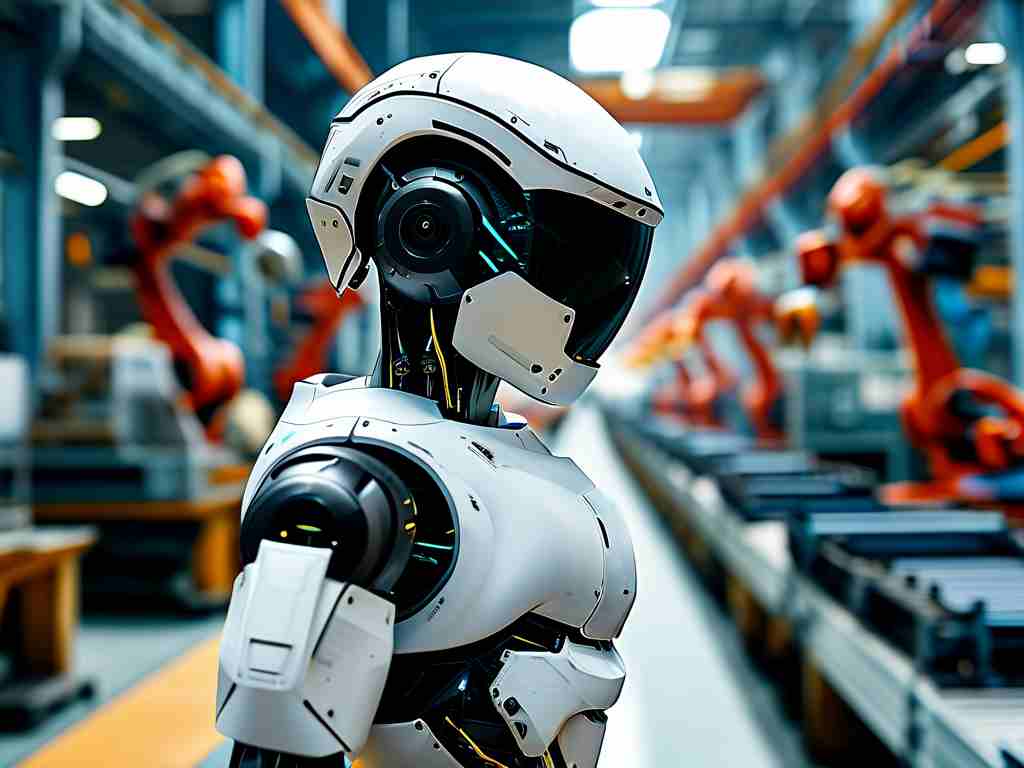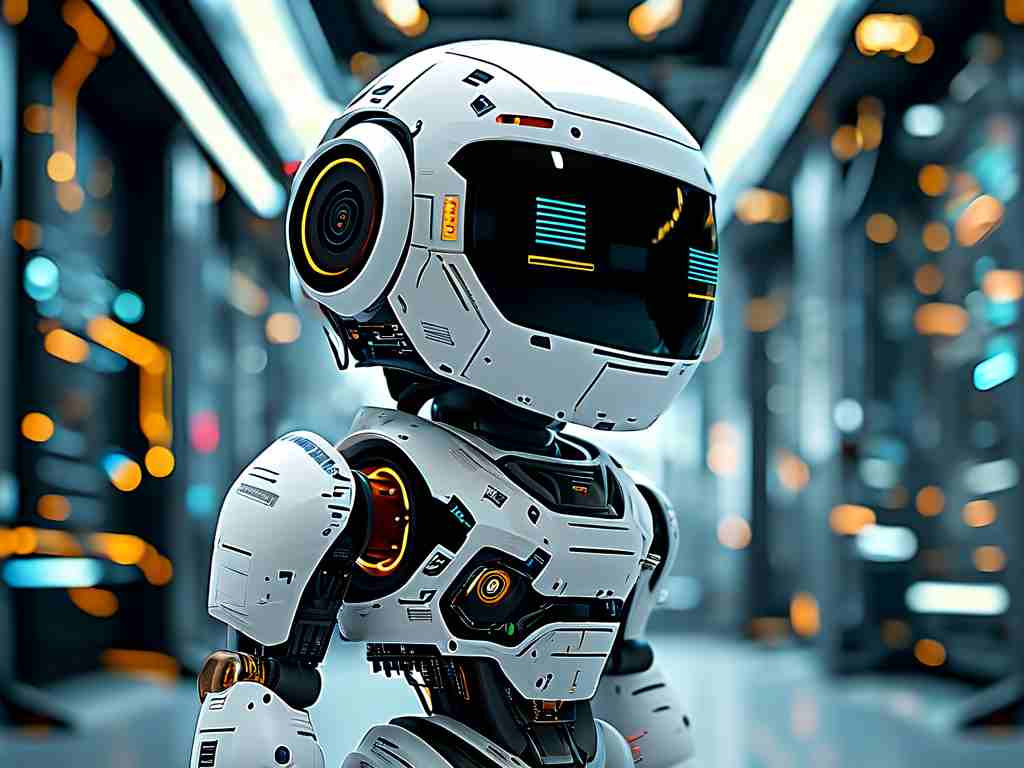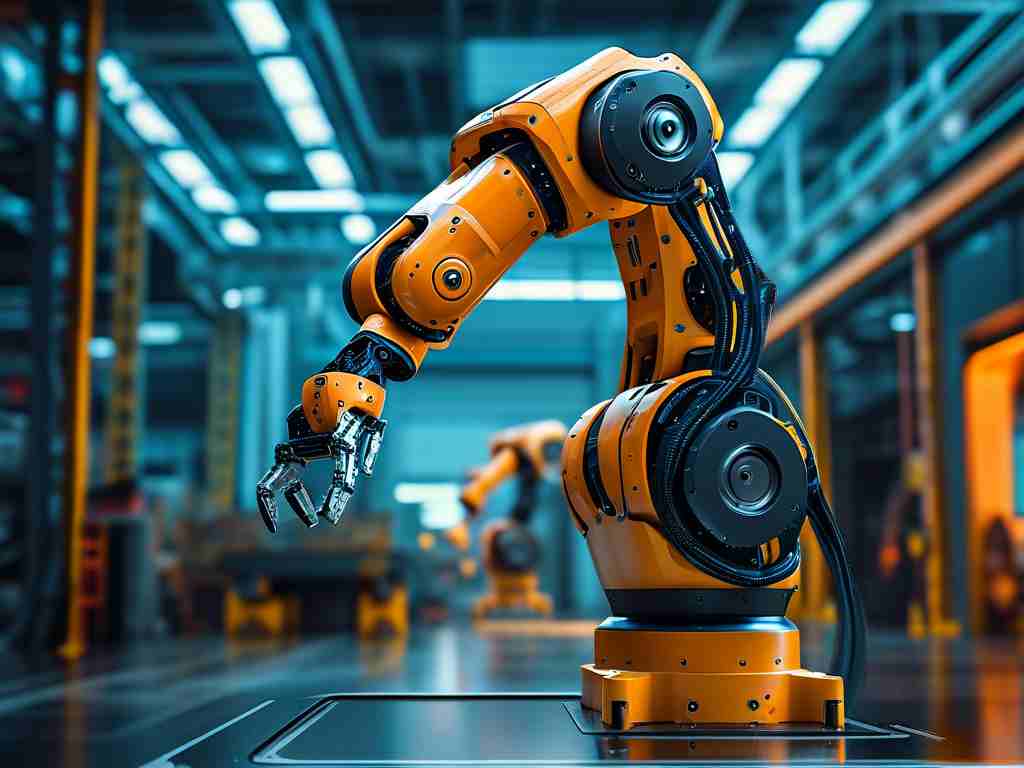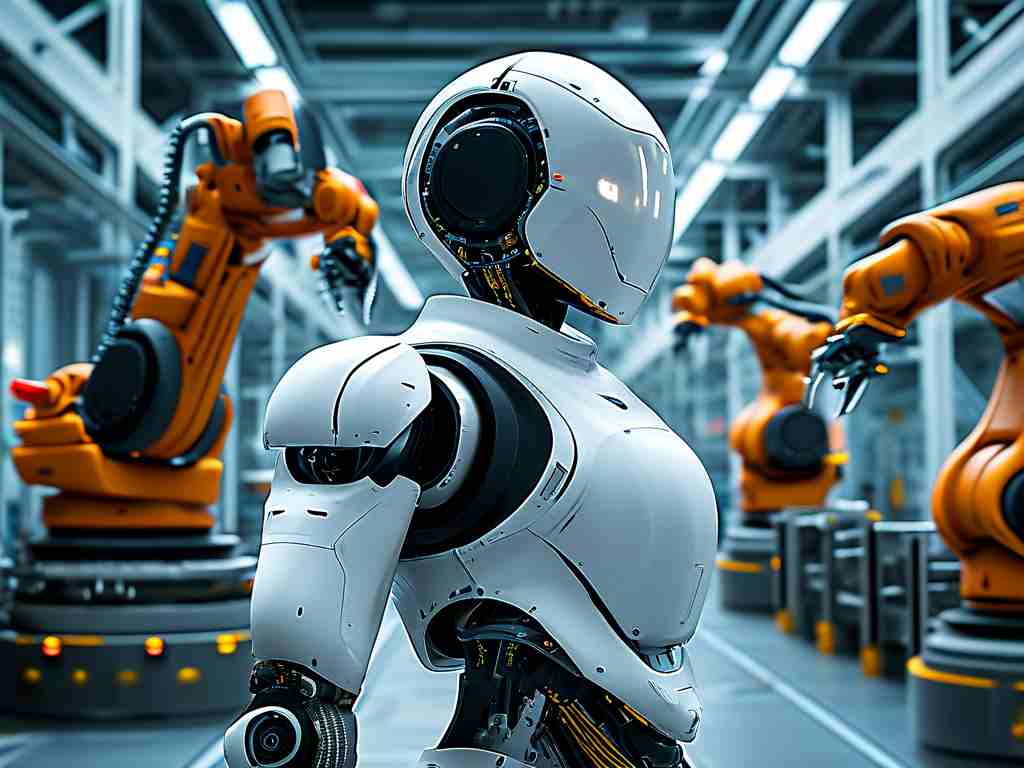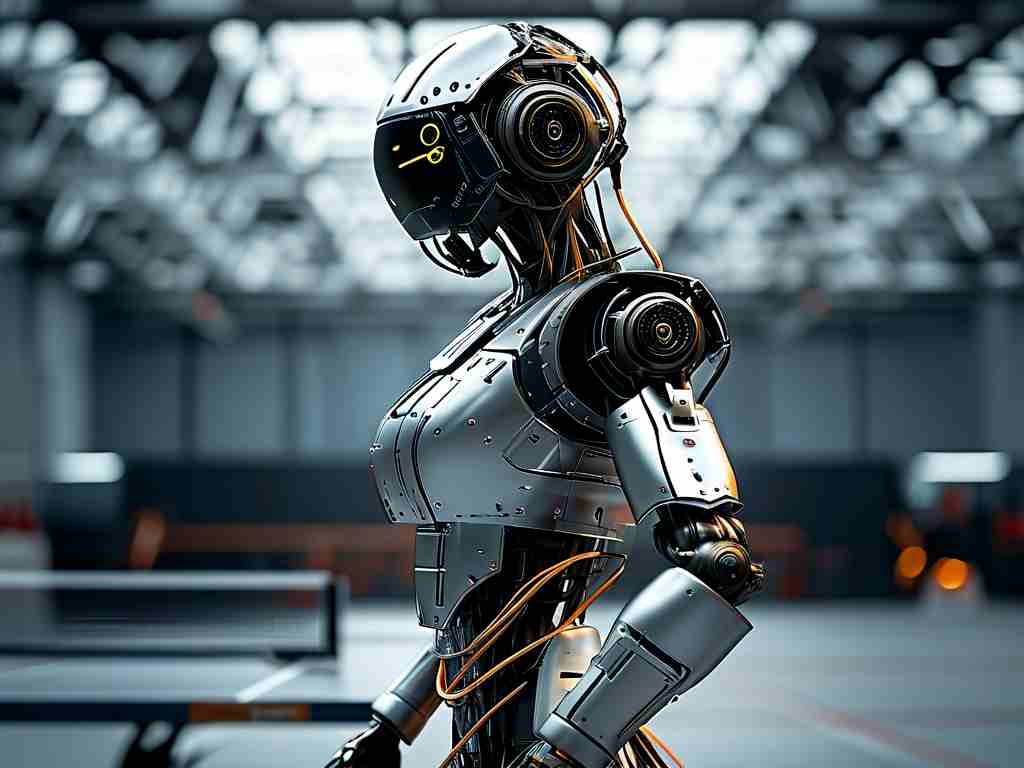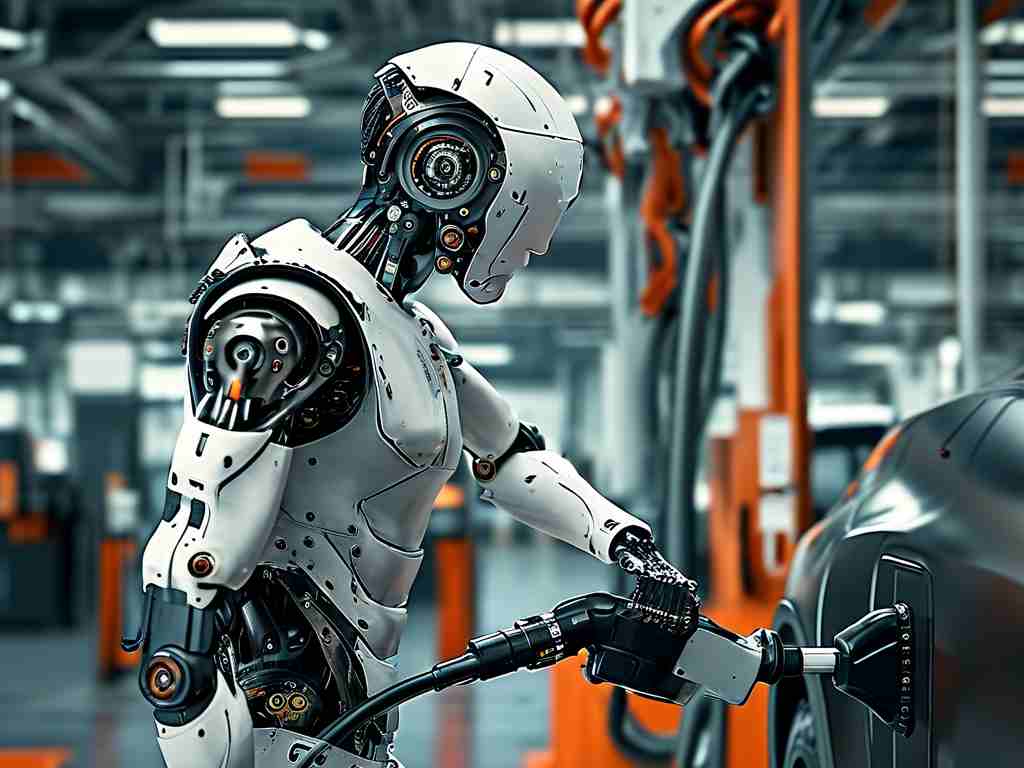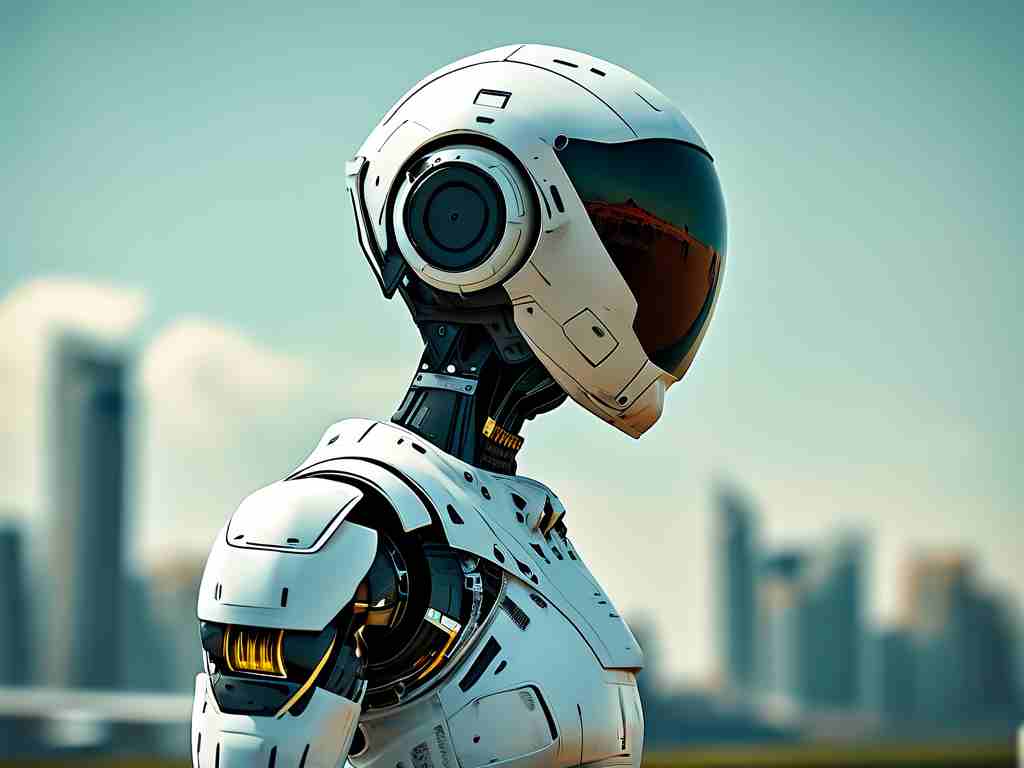The development of humanoid female robots represents a groundbreaking fusion of advanced engineering and artificial intelligence. These lifelike machines integrate multiple disciplines – from biomechanical design to emotional recognition algorithms – pushing the boundaries of human-machine interaction. Unlike conventional industrial robots, these creations prioritize aesthetic appeal alongside functional capabilities, challenging engineers to solve unique technical dilemmas.
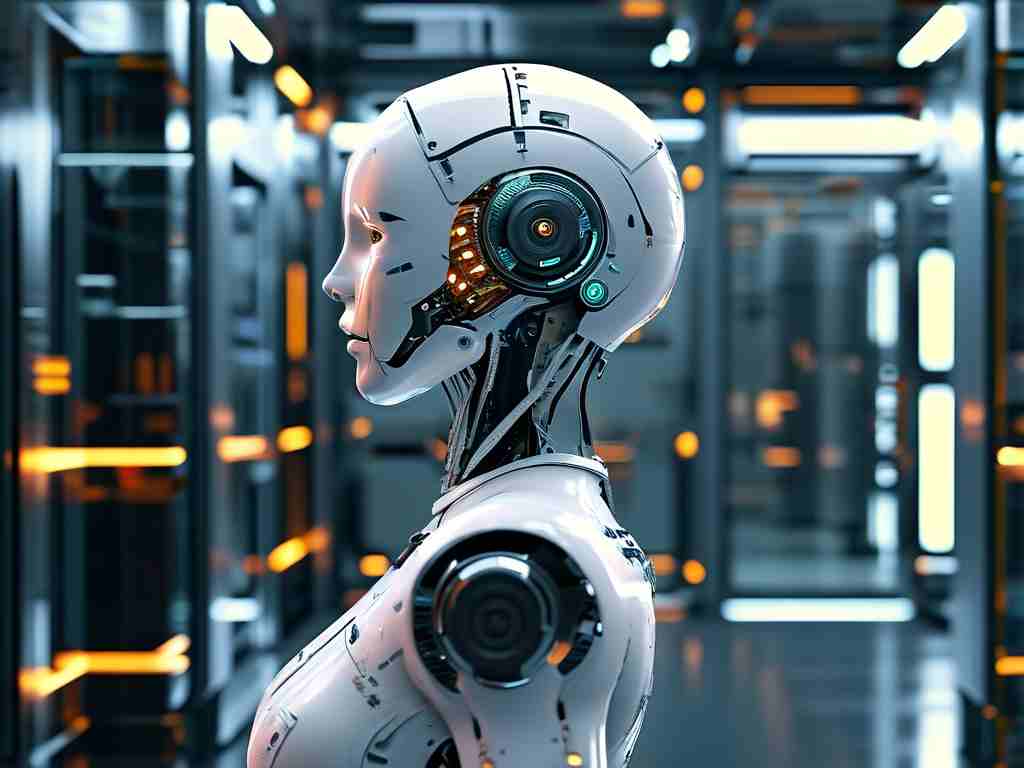
Biomechanical Architecture
At the core lies a titanium alloy endoskeleton mimicking human joint mobility through 72 micro-actuators. Each actuator contains shape-memory polymers that adjust stiffness dynamically, enabling fluid movements comparable to biological musculature. The facial structure employs layered silicone matrices with embedded nanoparticle pigments, allowing real-time skin tone adjustments through microcurrent stimulation. Researchers at Kyoto Institute of Technology recently demonstrated how graphene-based pressure sensors beneath synthetic dermis achieve 0.02mm resolution for tactile feedback.
Cognitive Interaction Systems
The AI framework utilizes hybrid neural networks combining convolutional modules for visual processing with transformer architectures for contextual dialogue. A proprietary emotion engine cross-references vocal pitch patterns (analyzed through wavelet transforms) with facial micro-expressions detected by infrared speckle pattern analysis. During field tests in Osaka retail environments, prototype units demonstrated 89% accuracy in recognizing customer mood states within 2.7 seconds of interaction.
Ethical Implementation Challenges
While the technology showcases remarkable progress, it raises critical questions about social normalization. The European Robotics Board has proposed new certification standards requiring "uncanny valley" mitigation through behavioral randomization algorithms. Recent firmware updates now incorporate dynamic personality modulation, preventing users from developing parasocial attachments through controlled variability in response patterns.
Energy Optimization Breakthroughs
Power management remains a critical hurdle addressed through biomimetic solutions. MIT's latest prototype integrates artificial mitochondria – microscopic fuel cells converting biochemical energy from sugar solutions. This innovation enables 72 hours of continuous operation, a 400% improvement over lithium-polymer predecessors. Thermal regulation systems borrow from human perspiration mechanisms, with nanopore membranes releasing distilled water vapor during high-load computations.
Future Development Trajectory
Next-generation models aim to incorporate quantum computing elements for real-time cultural adaptation. Preliminary designs feature photonic chips capable of processing regional dialects and social norms within 0.4 milliseconds. As these technologies mature, humanoid robots may transition from specialized applications to mainstream companions, redefining our relationship with intelligent machines in ways we are only beginning to comprehend.
This technological evolution demands continuous dialogue between engineers, ethicists, and policymakers. While the current focus remains on perfecting technical capabilities, the ultimate success of humanoid robotics will depend on harmonizing mechanical excellence with socially responsible implementation frameworks.


